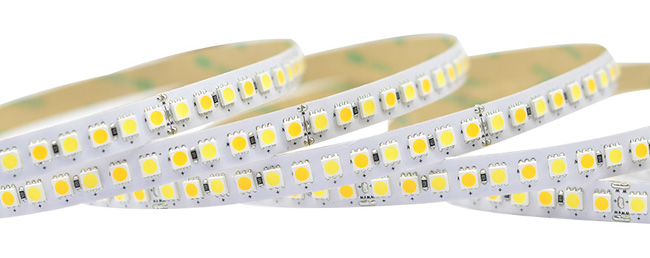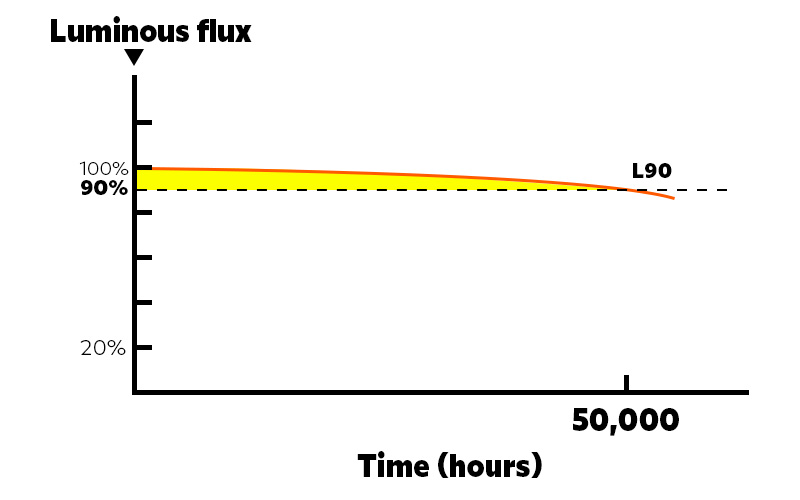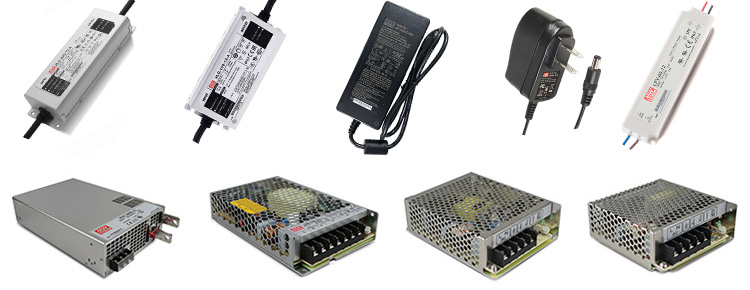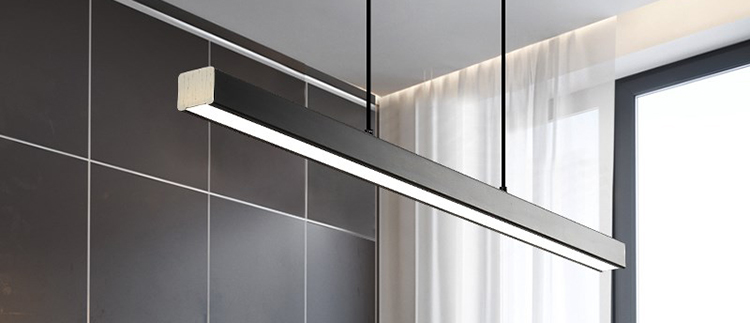When you’re looking for modern lighting solutions, LED strips are a market favorite for their superior energy efficiency and long-lasting life. Not only do they offer a stylish and efficient lighting option for homes and commercial spaces, but they are also favored for their low maintenance and high reliability. However, behind such technological promises, some common questions often concern consumers: How long do these LED strips actually last? This article will help you understand the lifespan measurement standard for LED strip lights, what factors may affect the lifespan, and how to use them wisely for extended life.

How long do LED light strips last?
LED strips are energy efficient and long-lasting, making them a prime choice for modern lighting. So how long do LED light strips actually last? To summarize, the average lifespan of LED strip lights is typically measured in hours, usually around 50,000 hours. This means that LED strips can theoretically work for five and a half years if they are on 24/7.
However, even if the LED light strip labels all indicate the same 50,000-hour life span, using the L90 standard has a completely different meaning than using the L50 standard.
You may wonder what L90 standard is. To understand the L90 standard, we first need to be clear about the definition of the death of LED light strips. LED light strips are not like incandescent bulbs, stop emitting light when the filament burns out. It will gradually lose brightness over time, and can not emit bright light as before. When the brightness of the LED light strip is reduced to the extent that affects the normal lighting effectiveness, it can not continue to be used. At this time, LED strip light is considered to have reached the end of its life.
As a result, the lifespan of an LED strip is usually measured by the drop in brightness to a certain percentage, leading to the L90/L80/L70 and L50 standards. The “L” stands for “Lumen Maintenance”, while “90” means that the light output of the LED drops to 90% of its original brightness within a certain period. Similarly, you can easily understand the meaning of L80, L70, and L50, with L90 standing for a higher performance standard and L50 representing extended life expectancy but lower standard. Among these standards, the L70 standard is widely applied in both commercial and residential lighting.
Therefore, please pay attention to the lumen maintenance standard while buying light strips to ensure they meet your actual needs.
How to choose LED strip lights?

What factors affect the lifespan of LED strip lights?
1. Working Environment
LED strips can operate in ambient temperatures between -20°C and 50°C. Ambient temperatures that are too high or too low, as well as excessive humidity, will shorten the service life of the LED light strips.
High ambient temperature will increase thermal stress, accelerating the aging of the LED chips. In low-temperature environment, the PCB board will become fragile, reducing the performance of the electrolytic capacitors. In the case of too high humidity, moisture will cause oxidation of electronic devices and aging of encapsulation materials, accelerating light degradation.
2. Quality of LED strip lights
The lifespan of an LED strip light largely depends on its quality, or whether it has a good heat dissipation design.
High-quality LED chips tend to have greater light efficiency, converting more electrical energy into light energy rather than heat energy, reducing the generation of heat. The use of aluminum or copper flexible circuit boards can also accelerate heat transfer. Reasonable chip layout, such as multi-chip distribution installation can also better increase the heat dissipation area. Furthermore, advanced packaging technology will also improve the service life of the LED light strip.
3. Frequency of Use
The frequency of using light strips will also affect its lifespan. If the light strip is switched on and off frequently in a short period of time, it will not only make the LED light experience frequent temperature changes, resulting in material degradation, but also result in the failure of the electronic components because of the repeated effects of thermal expansion and contraction. In addition, if the light strip is left on for a long time, it will promote the accumulation of heat and accelerate light decay, thus reducing the service life of the light strip.
4. Voltage and Power
LED Light strips working under too high or unstable voltage will accelerate the aging of the light strip.
The LED light strip is usually working under low voltage, mostly 5V, 12V and 24V. There are also many high-voltage light strips in the market. If the voltage is higher than the ideal voltage input value, it will cause the LED chip to bear too much current, which will increase the heat and accelerate aging. Dramatic fluctuations in voltage and current over a short period can also increase wear and tear on the chip, reducing the strip’s lifespan.
The power of an LED strip is directly linked to the amount of heat. Under the same heat dissipation design and production materials, although the higher power light strip can emit higher brightness, the corresponding heat will also increase, thus affecting life.

How to Preserve LED Strip Lights?
1. Optimize the Working Environment
When installing a regular LED light strip, please avoid exposure to direct sunlight and install it in the shade as much as possible. Ensure adequate ventilation. You can use a fan to dissipate the heat and help lower the temperature if you like. An aluminum channel is also a way to go. Place the light strip LED into an aluminum channel to help transfer heat better and provide physical protection.
If the light strip has to work in high-heat environments, buy an LED light strip that is certified with high temperature standards. Similarly, for high humidity and low-temperature environments, choose a strip that is waterproof rated or made of low temperature resistant materials.

2. Pick Up a High-Quality Light Strip That Suits Your Needs
High-quality light strips not only provide better luminous performance, but also have a longer service life. Choosing an excellent light strip at the beginning will save you more time and energy compared with replacing a lower-quality one frequently at a later stage. Choosing a reputable manufacturer and checking the relevant certification standards of the light LED strip is the most direct way.
It is also important to select right light strip for your needs. For example, if you just want to apply the LED strip to a small room of 10-20 square meters to provide simple ambient lighting, 40W low power light strip is already enough. There is no need to go for high power light strip.
Here at SuperlightingLED, we offer the most comprehensive range of LED products, with the best prices and long-lasting performance.

3. Reasonable Use of Light Strip
Try to avoid switching the light strip on and off frequently in a short time, and do not let the light strip operate for long periods if possible. Although prolonged operation will not cause safety problems, we still recommend that you turn the light strip on when in use and off when not in use to minimize wear and tear.
4. Choose the Right Power Supply
Make sure you choose a power supply that matches the light strip and that the power supply can output voltage stably to avoid voltage fluctuations. You can also opt for a LED light strip kit, where the supplier has already matched the suitable power supply and controller for you. No more need to spend time calculating if the power is adequate or if the controller is compatible.